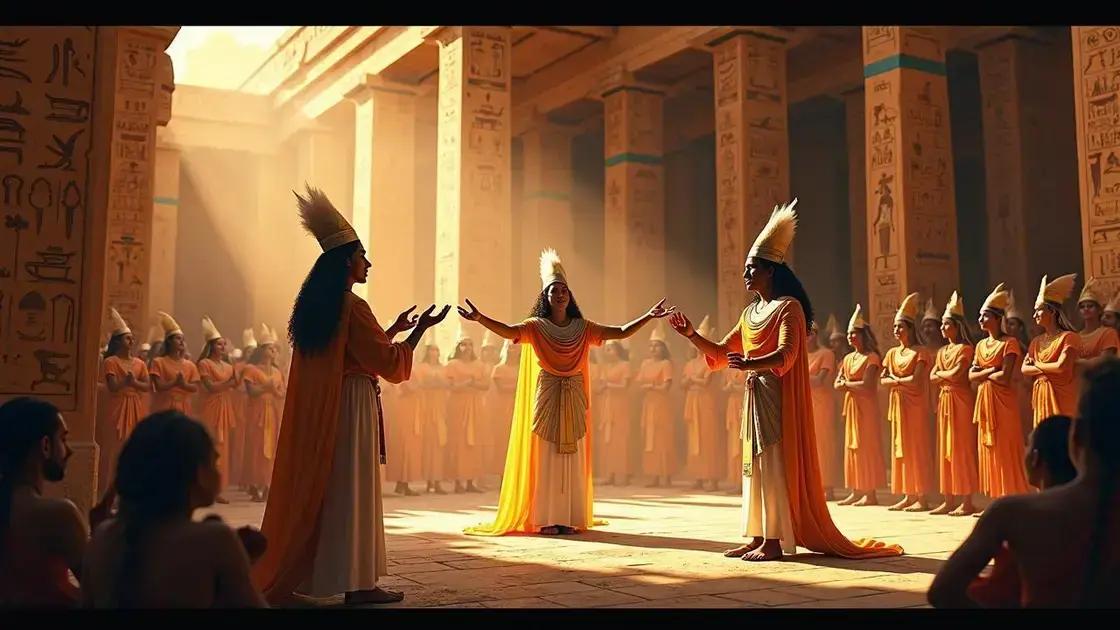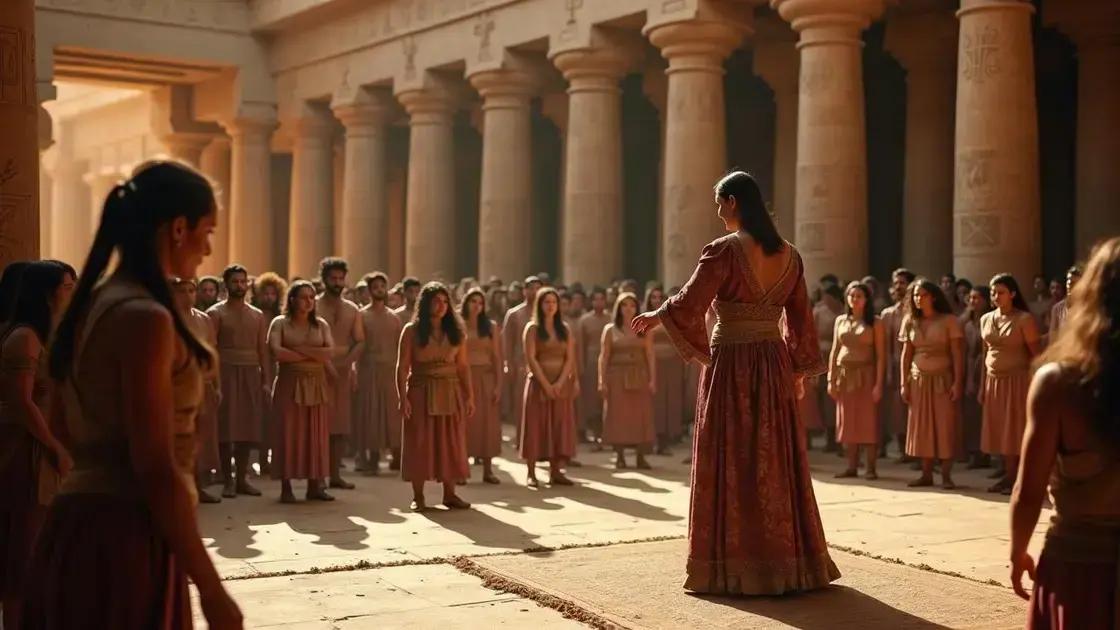The Trick of the Egyptians is a captivating ancient practice that involves illusions and magic rooted in historical significance. While it offers an exciting experience, safety precautions for both performers and audiences are essential to ensure a thrilling yet secure environment.
In recent discussions, many people have been asking, “Is the Trick of the Egyptians safe?” This intriguing phenomenon has captivated audiences for generations. Understanding its origins, historical context, and safety precautions is essential for anyone interested in exploring this ancient practice. In this article, we will delve into the secrets behind the Trick of the Egyptians and discuss its safety implications.
Understanding the Trick of the Egyptians

The Trick of the Egyptians is a fascinating practice that dates back to ancient times. It involves a series of clever illusions and feats that seem impossible. Many people are drawn to it because of its mysterious nature and the skill required to perform the tricks.
What is the Trick of the Egyptians?
At its core, the Trick of the Egyptians involves various forms of deception that create fascinating visuals or astounding feats. Performers create illusions that captivate audiences. This can include balancing acts, disappearing acts, or manipulation of objects to achieve surprising results.
Why is it Named the Trick of the Egyptians?
The name originates from the history and mythology of ancient Egypt. Egyptian culture was rich with stories of magic and mystique. Ancient Egyptians often included magic in their religious ceremonies. This historical context adds depth to what many perceive as mere entertainment.
The Role of Illusion in the Trick
Illusions play a vital role in the Trick of the Egyptians. They are the secret behind how these tricks are executed. Illusions rely on psychological principles, such as misdirection. When spectators’ attention is diverted, the performer can accomplish amazing feats without the audience realizing how it’s done.
Historical Context of the Trick

The historical context of the Trick of the Egyptians is rooted in the rich cultural and religious practices of ancient Egypt. Magic and illusion were intertwined with daily life and spirituality. Various texts and artifacts suggest that these tricks were often seen as a form of divine communication.
An Overview of Ancient Egyptian Magic
Magic in ancient Egypt encompassed numerous beliefs and practices. Many Egyptians believed that magic could influence their fate and interact with the divine. Priests and magicians held a special status, seen as intermediaries between the gods and the people.
Documentation and Representation
Numerous hieroglyphs and ancient scripts document the use of illusions in rituals. These scripts often depict magicians performing tricks to delight audiences or to convey messages from the gods. Historical texts show that these performances were a significant part of festivals and religious ceremonies.
The Cultural Impact of Illusions
The practice of using illusions left a lasting impact on Egyptian culture. It influenced storytelling, art, and even the architecture of the time. The knowledge of tricks and performance became a cherished skill that was passed down through generations. Even today, the legacy of these ancient practices lives on in modern illusions and magic performances.
Safety Precautions and Considerations

When exploring the Trick of the Egyptians, it is crucial to consider safety precautions. While this practice is fascinating, certain safety measures should be followed to ensure a safe experience for both performers and spectators.
Awareness of Physical Safety
Performers should prioritize their physical safety when executing tricks. There can be risks involved, such as falls or injuries from props. Using proper training and equipment can help prevent accidents. For example, having a soft landing area can reduce the risk of falls during performances.
Audience Considerations
For spectators, understanding the nature of performances is essential. Some illusions may involve sharp objects or other materials that can pose dangers. It’s important for audiences to remain at a safe distance and follow any guidelines set by the performer.
Training for Performers
Trainers and performers should undergo specific training to learn about the risks and proper techniques. Knowledge about equipment and performance space is vital for safe execution. Practicing under professional guidance ensures that tricks can be performed without endangering oneself or the audience.
By taking these precautions, the experience of enjoying the Trick of the Egyptians can be both thrilling and safe for everyone involved.
In Summary: Understanding the Safety of the Trick of the Egyptians
The Trick of the Egyptians is a captivating blend of history, magic, and culture. As we have explored, it’s essential to understand its origins and the illusion behind the tricks. Safety precautions are important for both performers and the audience to ensure a thrilling yet secure experience.
By being aware of the historical context and implementing safety measures, everyone can enjoy the wonder of these ancient tricks. The legacy of the Trick of the Egyptians continues to inspire awe and curiosity, making it a fascinating topic for enthusiasts and spectators alike.
FAQ – Frequently Asked Questions about the Trick of the Egyptians
What is the Trick of the Egyptians?
The Trick of the Egyptians refers to various illusions and magic performed by ancient practitioners, often involving clever techniques to captivate audiences.
Is the Trick of the Egyptians safe to watch?
Yes, as long as proper safety precautions are followed by both performers and audiences, the experience can be exciting and safe.
What safety measures should performers consider?
Performers should be trained properly, use safe props, and have protective measures in place, such as soft landing areas, to prevent injuries.
Why is this trick historically significant?
The Trick of the Egyptians holds historical significance due to its ties to ancient religious practices and storytelling, reflecting the culture of that era.
How can audiences ensure their safety during performances?
Audiences should stay at a safe distance from the performance area and follow any instructions given by the performer to avoid accidents.
Can anyone learn to perform the Trick of the Egyptians?
With proper training and practice, anyone interested can learn some of the illusions involved in the Trick of the Egyptians, but safety should always be a priority.












